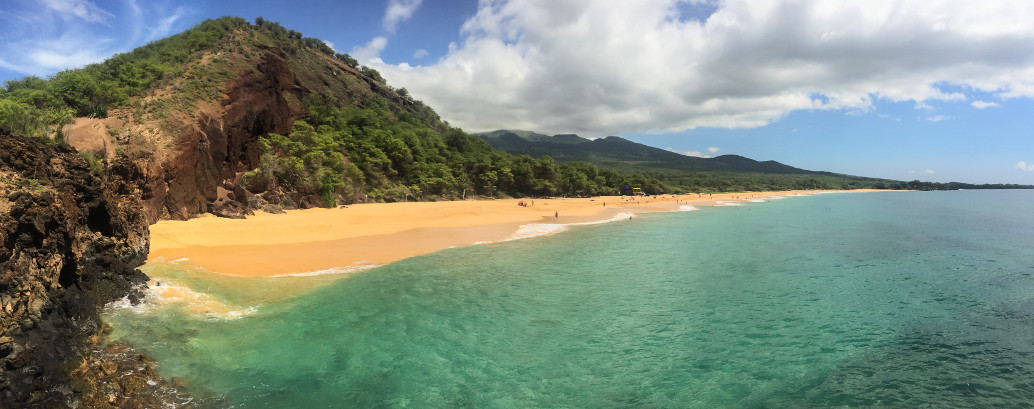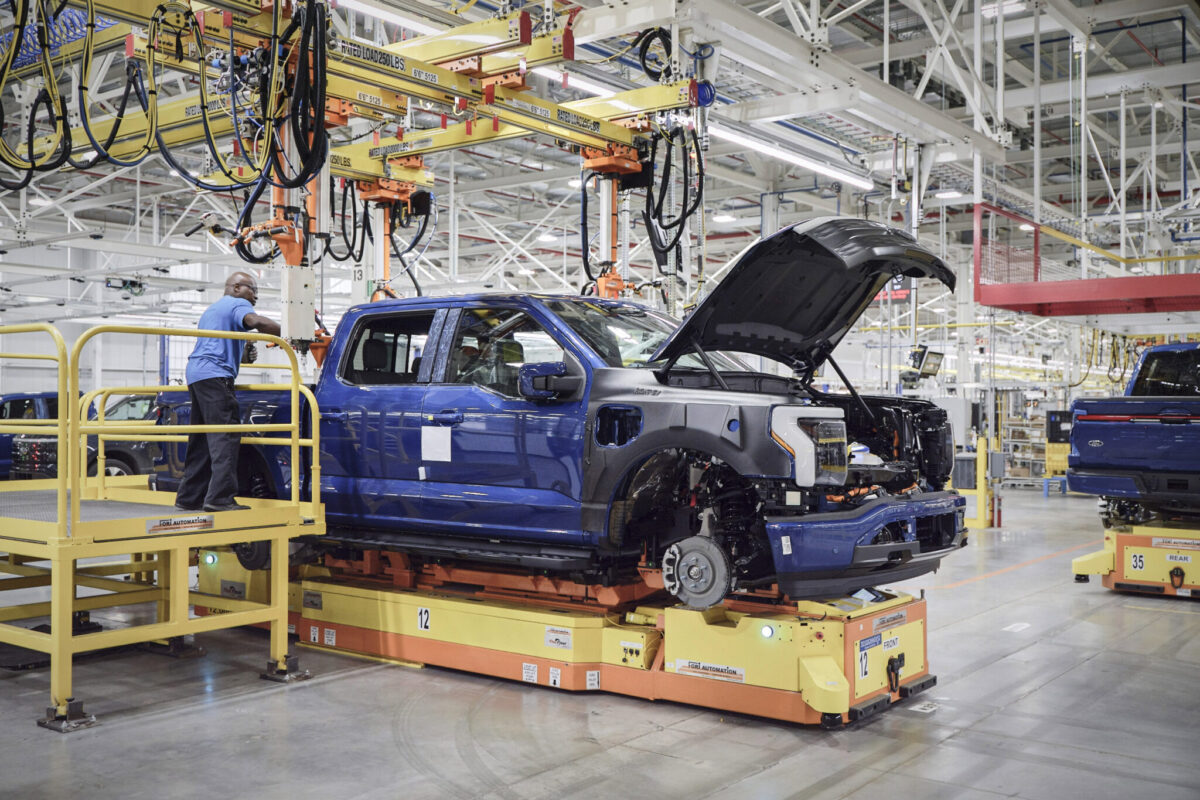Black & Veatch won a contract from AES Clean Energy to serve as owner’s engineer for the pumped storage and hydropower portion of the West Kaua‘i Energy Project, which will serve more than 70,000 residents on the Hawaiian island.
The West Kaua‘i Energy Project (WKEP) is an integrated renewable energy and irrigation project that includes energy production with pumped storage hydropower, conventional hydropower, solar photovoltaic generation and battery energy storage. WKEP is part of the state’s decarbonization plans as it is intended to move Kaua‘i to more than 80% renewable generation and meet up to 25% of the island’s energy needs.
When operational, the solar array will contribute up to 35 MW to the grid and store up to 240 MWh for dispatch during evening peak demand. The hydro resources are expected to produce 24 MW on average daily, which includes 12 hours of storage for overnight use.
Kaua‘i Island Utility Cooperative has completed two solar-plus-storage renewable projects in partnership with AES: a 20 MW facility in Lāwa‘i and a 14 MW facility at the Pacific Missile Range Facility. AES has more than 200 MW of solar, solar + storage, and wind resources in operation or under development across Hawaii.
The latest storage project will pump water from the lower Mānā Reservoir to the upper Pu‘u ‘Ōpae Reservoir using energy production from the solar PV portion of the project. During the evening peak, nighttime, and morning peak hours (as well as during periods of rainy or cloudy weather), water will be sent back to the lower reservoir via gravity penstock from Pu‘u ‘Ōpae, through the Mānā Powerhouse and its 20 MW Pelton turbine to generate power for the grid.
Kaua‘i Island Utility Cooperative signed agreements with AES to develop, build, and operate the cooperative’s solar pumped storage hydro project and a power purchase agreement (PPA) was filed with the Hawaii Public Utilities Commission in late 2020.
As owner’s engineer, Black & Veatch will help AES develop technical design criteria for hydro power and hydraulic structures of the project, providing design and constructability reviews, reviewing technical and procurement specifications, performing factory inspections, and witnessing acceptance testing as well as providing construction and commissioning support and closing out the project.
In the pumped storage plant, the pumps and turbine generator are separate and designed to store enough energy in the Pu‘u ‘Ōpae Reservoir to allow the Mānā Powerhouse to run for 12 hours during the peak demand hours.
Pu‘u ‘Ōpae Reservoir is the middle reservoir in a series of three. Pu‘u Lua Reservoir is used to store water as a buffer to provide a steady supply of water for the system and offers recreational fishing access for residents. Water is also delivered to the Pu‘u ‘Ōpae Reservoir through a 4 MW Pelton turbine from the Pu‘u Moe divide diversion structure between Pu‘u Lua and Pu‘u ‘Ōpae.
This content is protected by copyright and may not be reused. If you want to cooperate with us and would like to reuse some of our content, please contact: editors@pv-magazine.com.









By submitting this form you agree to pv magazine using your data for the purposes of publishing your comment.
Your personal data will only be disclosed or otherwise transmitted to third parties for the purposes of spam filtering or if this is necessary for technical maintenance of the website. Any other transfer to third parties will not take place unless this is justified on the basis of applicable data protection regulations or if pv magazine is legally obliged to do so.
You may revoke this consent at any time with effect for the future, in which case your personal data will be deleted immediately. Otherwise, your data will be deleted if pv magazine has processed your request or the purpose of data storage is fulfilled.
Further information on data privacy can be found in our Data Protection Policy.